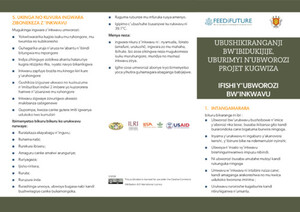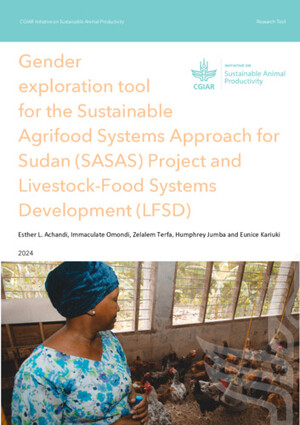
Key descriptors for forage grasses
Abstract
The key descriptors for forage grasses consist of an initial minimum set of characterization and evaluation descriptors for some species of the family Poaceae. Grasses belong to the plant family Poaceae and many of the important forage grass genera have similar morphology, making it possible to suggest a common set of descriptors that can be used for describing diversity within multiple species. Despite similarities, grasses show diversity in morphology, productivity, feed quality and their response to drought and cold, even within the same species. These general forage grass descriptors are limited to tropical species with specific examples from Andropogon gayanus, Bothriochloa pertusa, Cenchrus ciliaris, Cenchrus clandestinus, Cenchrus purpureus, Chloris gayana, Cynodon dactylon, Cynodon nlemfuensis, Digitaria eriantha, Megathrysus maximus, Melinis minutiflora, Panicum coloratum, Paspalum dilatatum, Paspalum plicatulum, Setaria sphacelata, Sorghum x almum, Tripsacum laxum, Urochloa brizantha, Urochloa decumbens and Urochloa ruziziensis. These are all grasses that are already being adopted by smallholder farmers worldwide.
Citation
Muchugi, A., Hanson, J., González-Guzmán, J.J., Habte, E., Sime, Y., A., Alercia, A., Cerutti, A.L. and Lopez, F. 2023. Key descriptors for forage grasses. Nairobi, Kenya: ILRI and Rome, Italy: FAO.









